The Architecture of Cesar Pelli: How a Sense of Place Left a Lasting Mark on the NYC Skyline
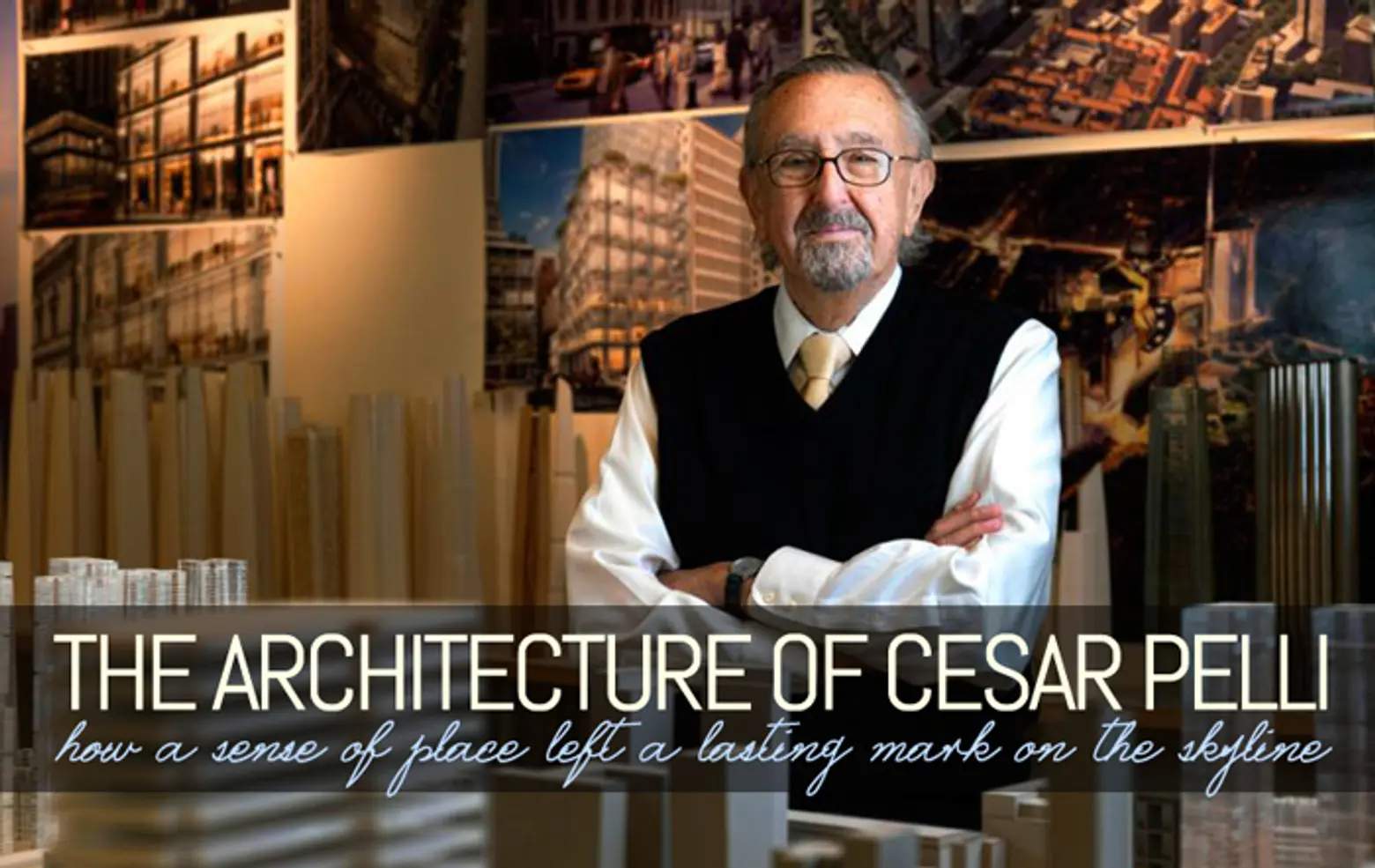
Growing up just west of the Andes Mountains in the small town of Tucumán in northwest Argentina, Cesar Pelli wasn’t exposed to the vibrant cityscapes that he today helps to shape. He got his start designing low-cost, affordable housing for the Argentine government, which helped him develop an appreciation for each project’s unique sense of place. Breaking from the traditional mold of many world-famous architects, he designed buildings as a response to their neighborhoods, not as a preconceived signature aesthetic.
Now, with a long list of acclaimed international projects to his name, Pelli is lauded for creating structures that honor a city’s history and enrich the local landscape. And here in New York City, home to some of his most celebrated works, the Pelli mark has making an indelible impression on the architecture and real estate fields.
After graduating from the University of Illinois’ School of Architecture at Urbana-Champaign, Pelli landed a job working for Eero Saarinen, where he served as project designer on assignments such as the TWA Terminal at JFK Airport. He also worked for Daniel, Mann, Johnson & Mendenhall, as well as Victor Gruen, both based in Los Angeles.
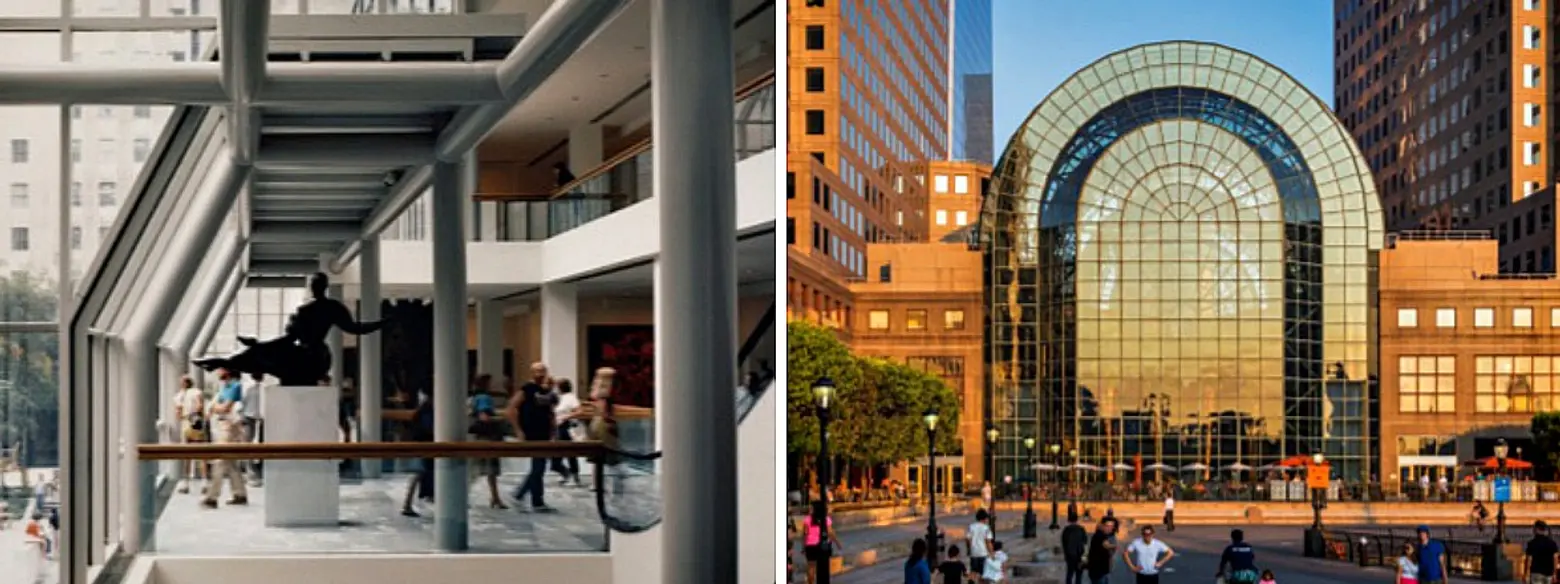 MoMA addition (L); Winter Garden at the World Financial Center (R)
MoMA addition (L); Winter Garden at the World Financial Center (R)
In 1977, Pelli was selected to serve as dean of the prestigious Yale School of Architecture. While on the East Coast, he opened his own firm, Cesar Pelli & Associates, now known as Pelli Clarke Pelli. One of his first solo commissions was an addition for the Museum of Modern Art. Completed in 1984, it consisted of a 52-story residential tower bearing the MoMA name and a new exhibition space.
Following on the heels of his success at MoMA, Pelli designed the World Financial Center as the first major installment at Battery Park City, considered by many the most influential of all his works. Now named Brookfield Place, the complex was completed between 1986 and 1988 and features five office buildings, each showcasing a different top. The center of the project is a large pedestrian plaza and the 10-story, glass-vaulted Winter Garden.
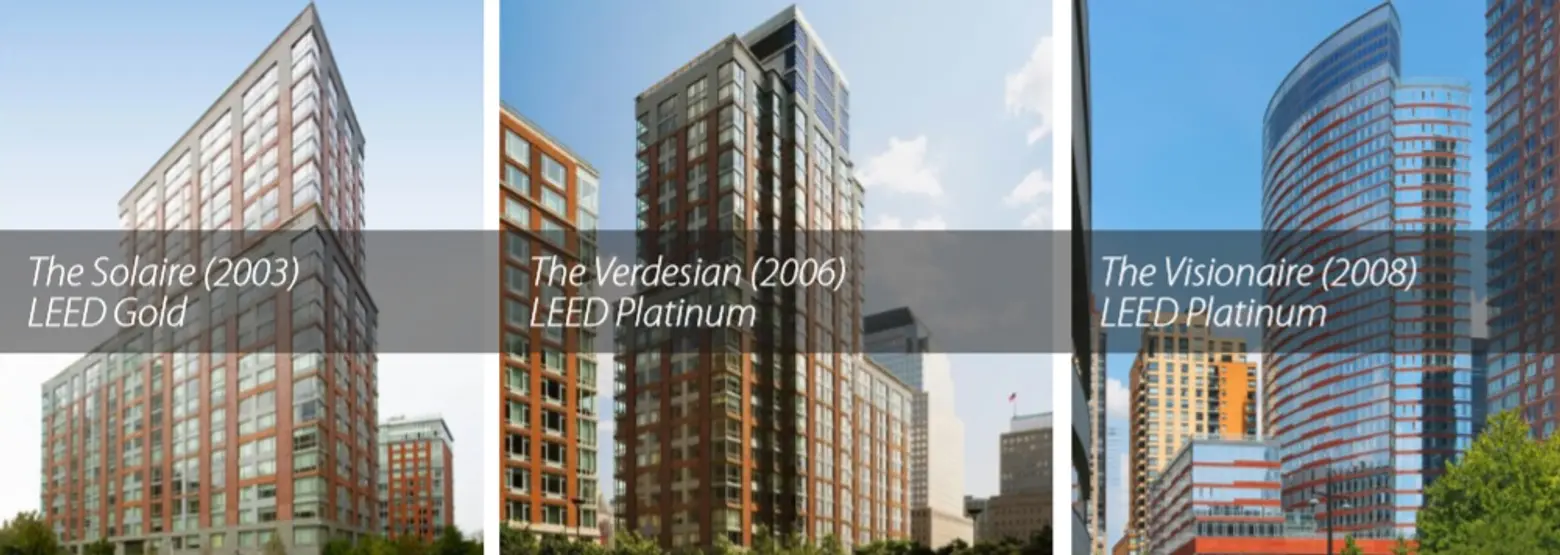 Cesar Pelli’s three residential projects in Battery Park City
Cesar Pelli’s three residential projects in Battery Park City
In addition to the World Financial Center, Battery Park City boasts three other notable Pelli creations, all of which are LEED certified. The Solaire opened in 2003 and was the first to adhere to Battery Park City’s environmental guidelines, becoming the nation’s first green building. It was fully occupied within six months, setting new rental records. Three years later, Pelli followed up with the Verdesian, the first residential high-rise structure in the United States to win LEED Platinum certification.
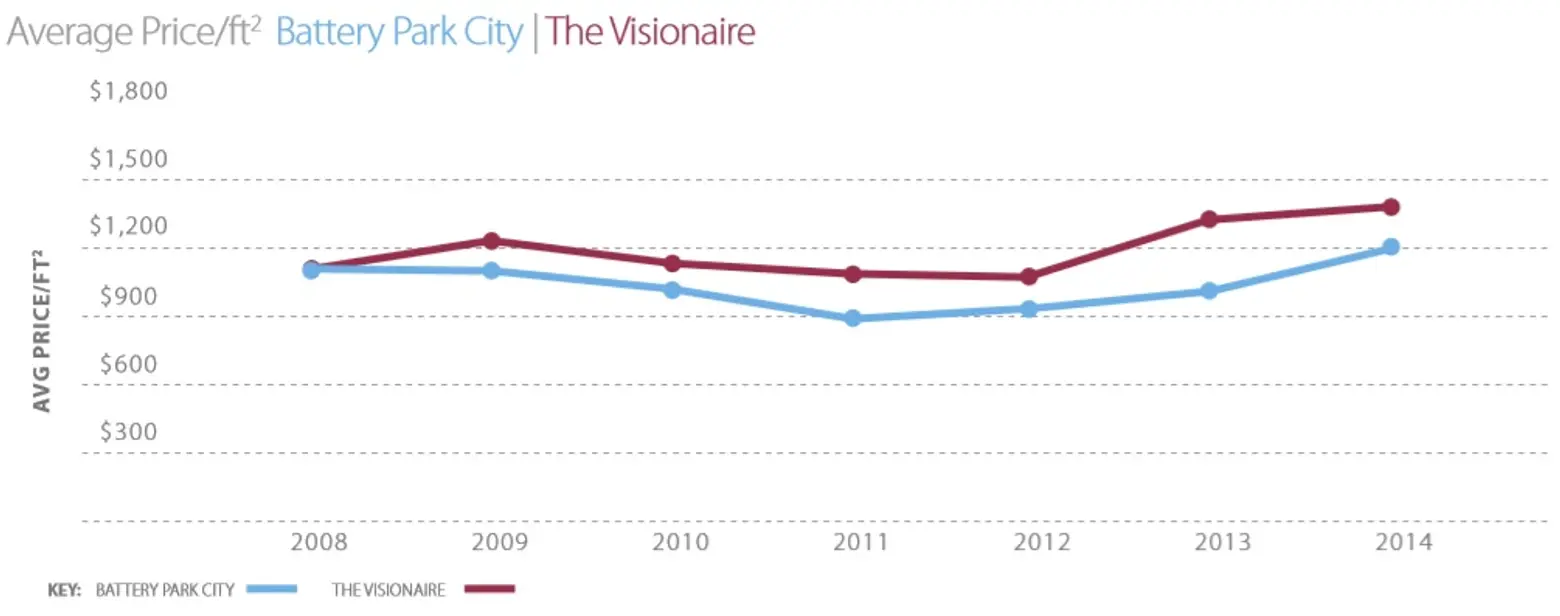
The final installment in the Battery Park City trifecta was the Visionaire, completed in 2008. The first condo building in New York to achieve LEED Platinum certification, it combined eco-friendly features and traditional luxury amenities, becoming a top seller and driving pricing in the community. Since 2009, the Visionaire’s prices have consistently exceeded Battery Park City’s averages, and in 2013 it was the best selling luxury condo building in the neighborhood.
![]() One Beacon Court; Close-up photo: eastmidtown via photopin cc
One Beacon Court; Close-up photo: eastmidtown via photopin cc
Pelli’s firm is also responsible for One Beacon Court, a 55-story, mixed-use tower with 105 luxury condos and 900,000 square feet of office space for Bloomberg LLP. Known commonly as the Bloomberg Tower, the glassy building has attracted the likes of Beyoncé, Brian Williams, and Johnny Damon.
Opened in 2005, One Beacon Court has boasted average prices as high as $4,068 per square foot, nearly triple the Midtown average of $1,455 in 2012. It’s also made headlines for some of its record-breaking listings, most notably billionaire Steve Cohen’s 9,000-square-foot penthouse that was originally listed at $115 million in April 2013, reduced to $98 million in December, and then pulled from the market in July. Furthermore, it’s a hot bed for flipping, with buyers making seven-figure profits after just a couple short years. During the first year of sales, a buyer purchased a 2,410-square-foot apartment for $4.25 million and sold it in 2010 for $8.95 million, over twice the initial price.
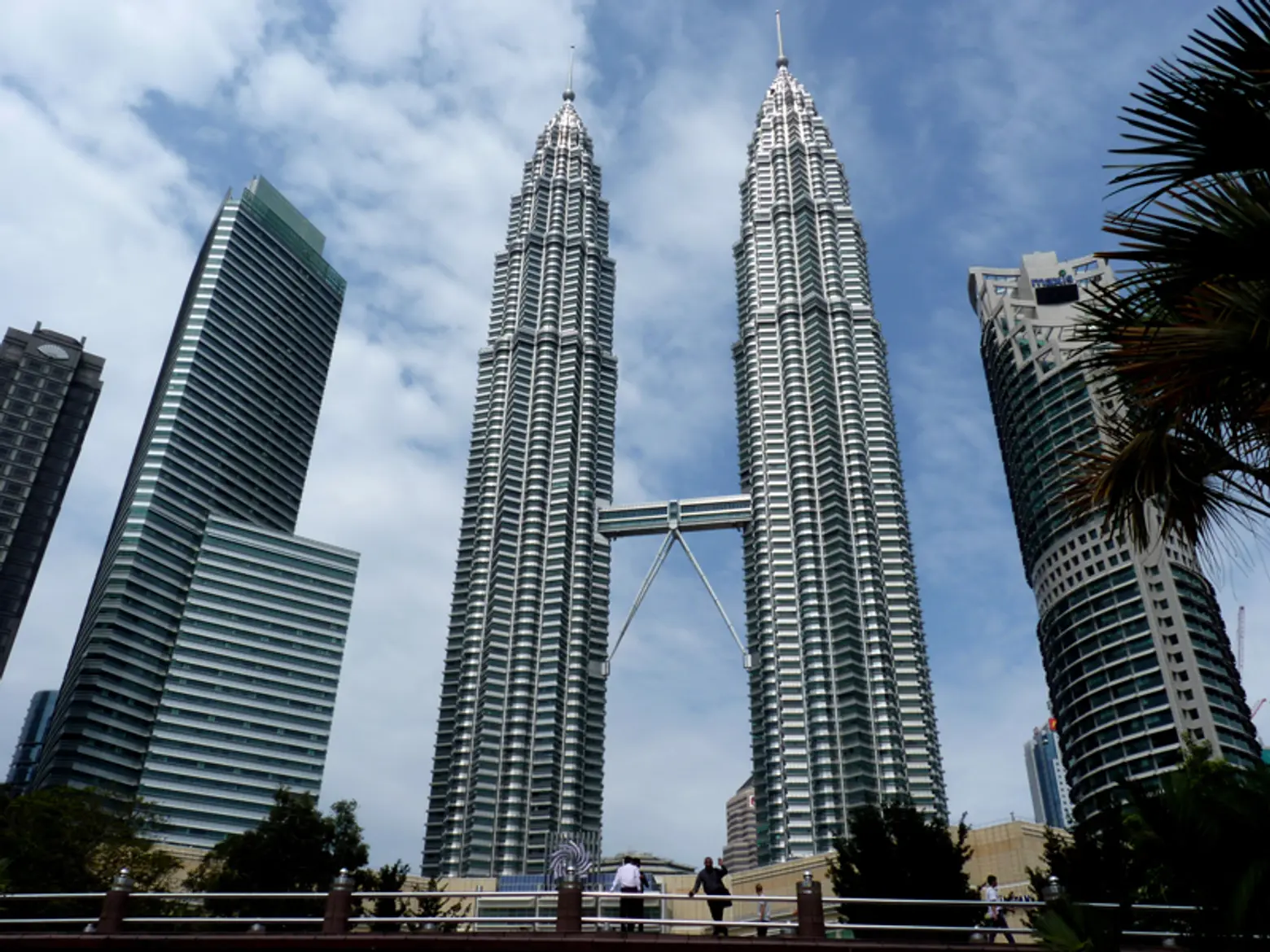 The Petronas Towers in Kuala Lumpur. Image via WikiCommons
The Petronas Towers in Kuala Lumpur. Image via WikiCommons
Cesar Pelli has turned the operations of his firm’s New York office over to his son Rafael, who spearheaded the work on One Beacon Court, the three LEED-certified Battery Park City buildings, and the post-9/11 reconstruction of the World Financial Center.
Cesar has authored nine books and was honored with the Aga Khan Award for Architecture for his design of the Petronas Towers in Kuala Lumpur, the world’s tallest buildings. He also is the recipient of a gold medal for distinguished lifetime achievement from the American Institute of Architects, an accolade we feel is very well deserved.
[Via CityRealty]
Photos courtesy of CityRealty unless otherwise noted
Explore NYC Virtually
Leave a reply
Your email address will not be published.
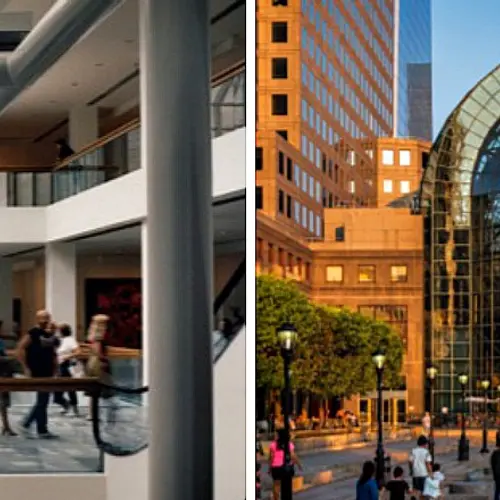
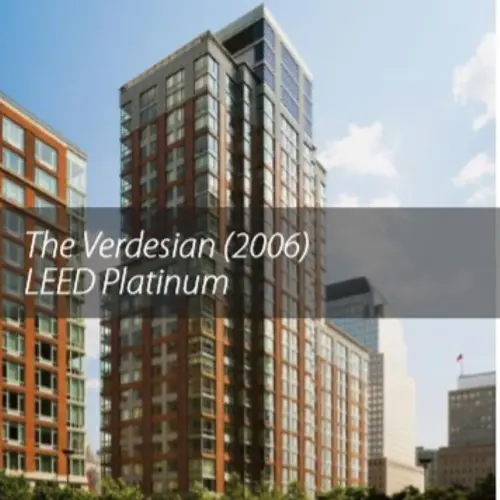
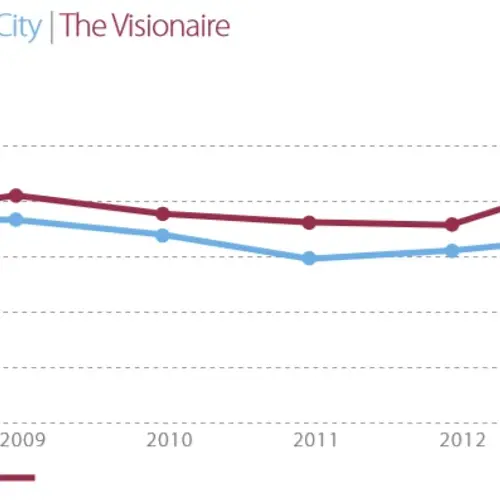
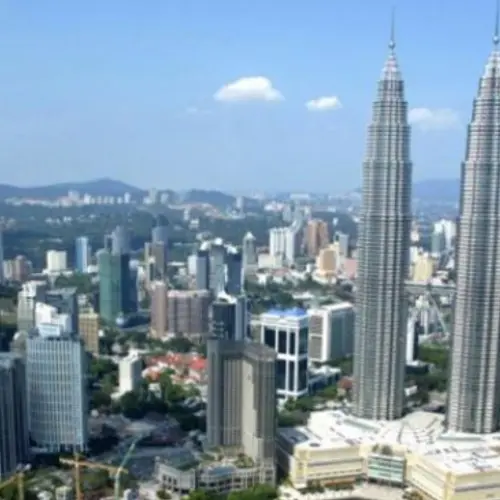
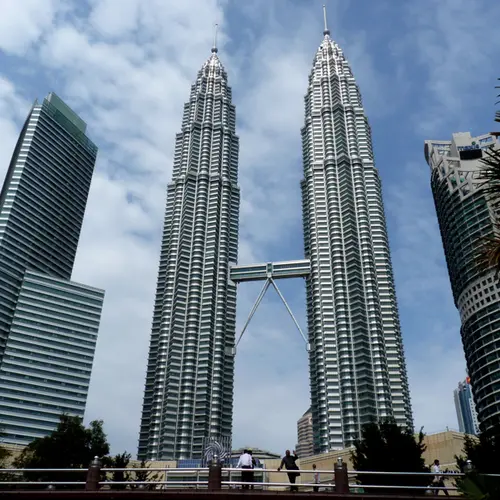
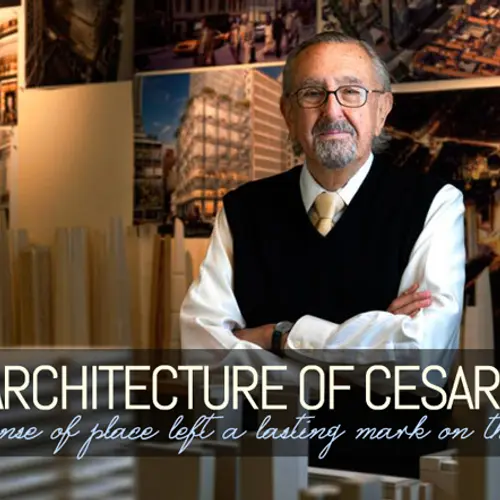
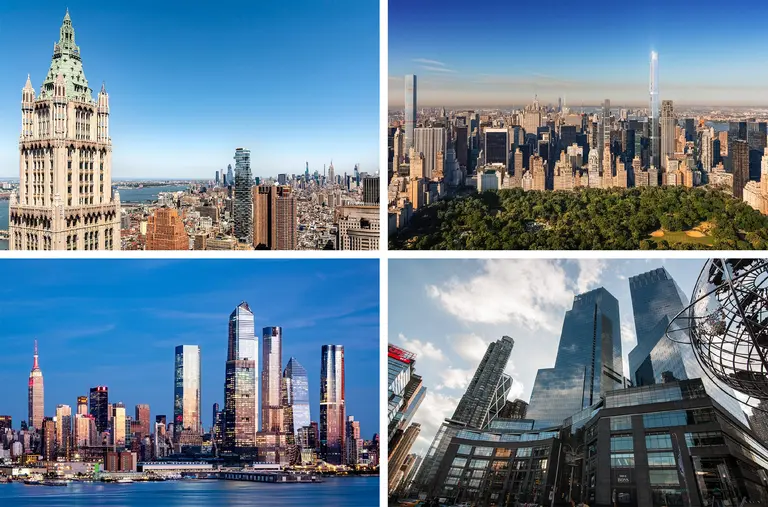
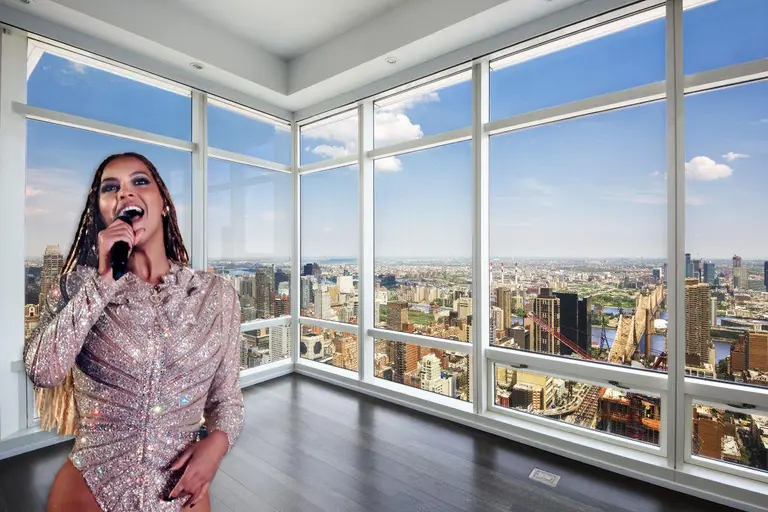
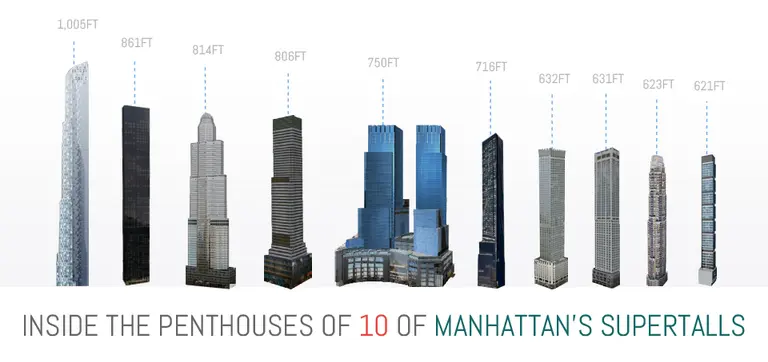
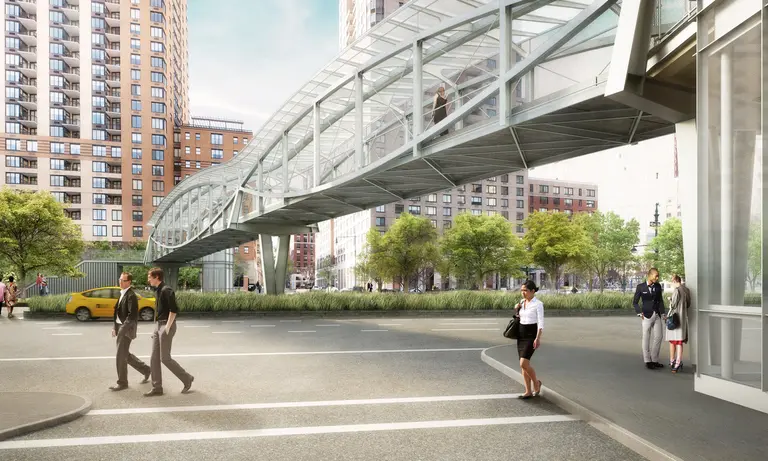
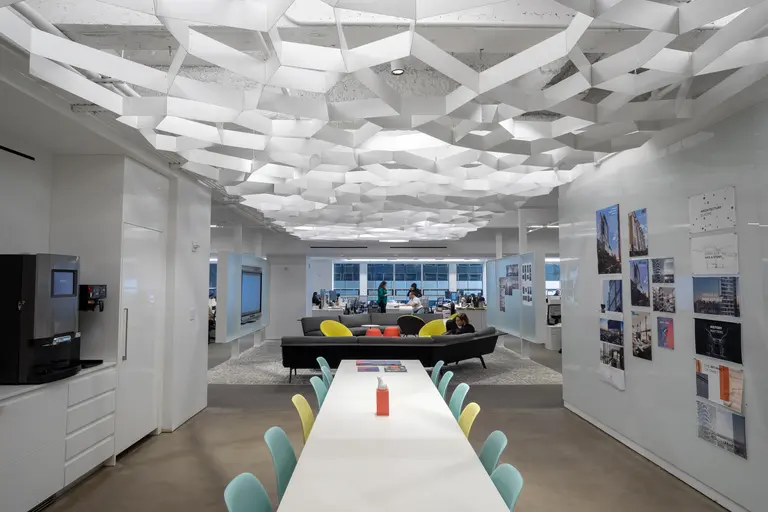
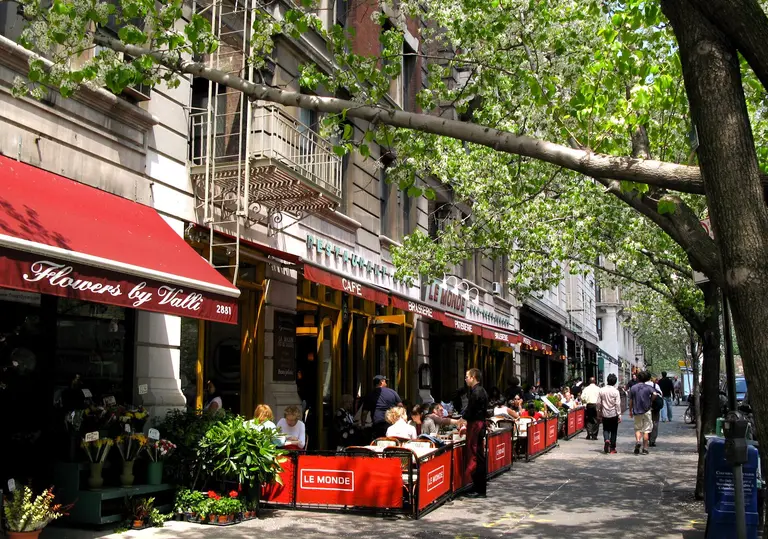
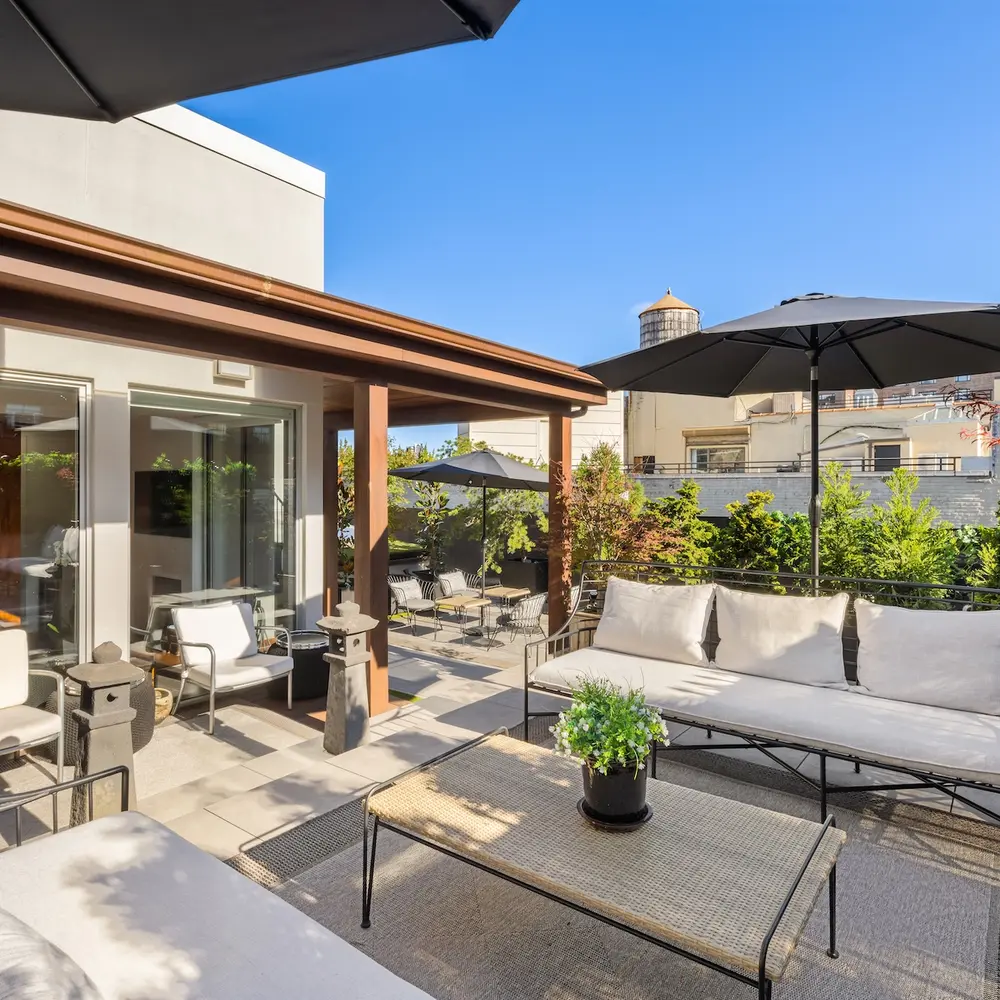
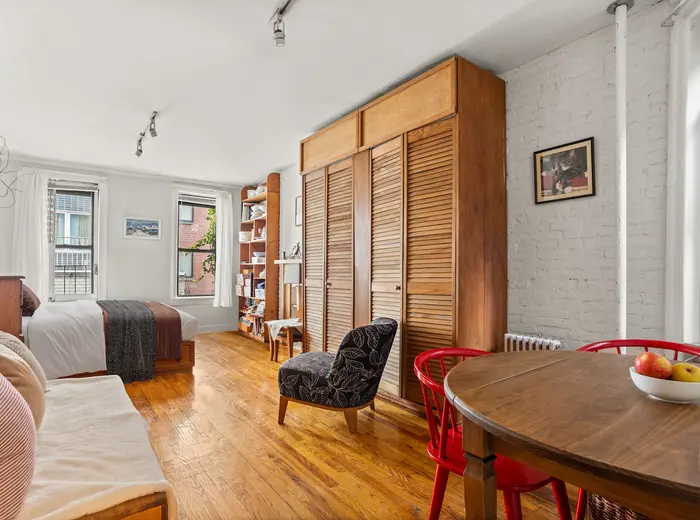
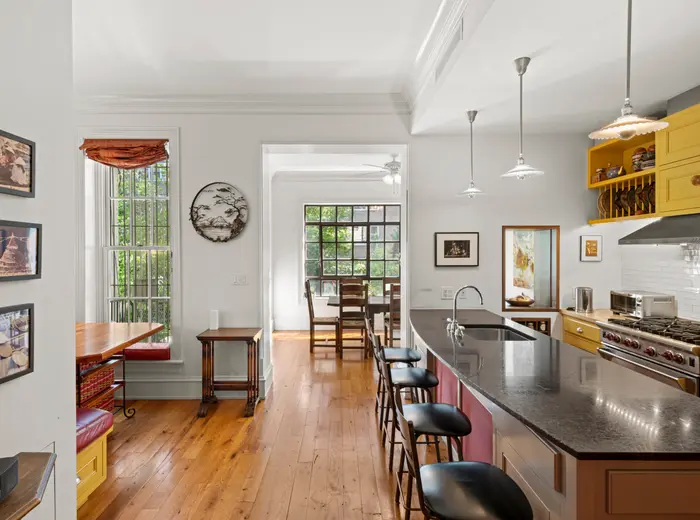
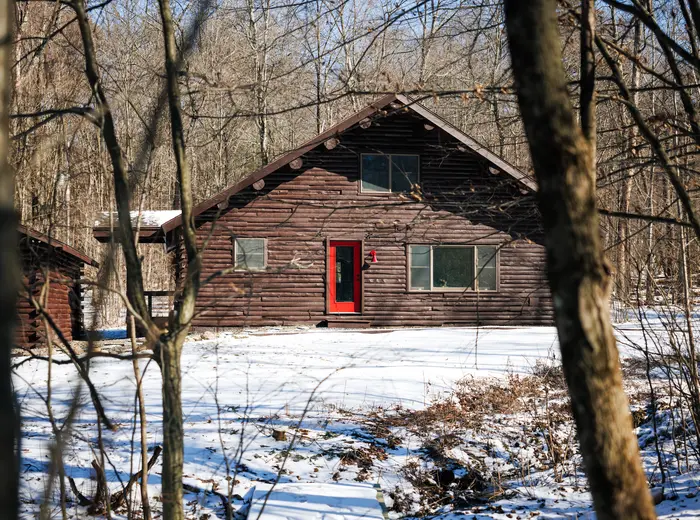
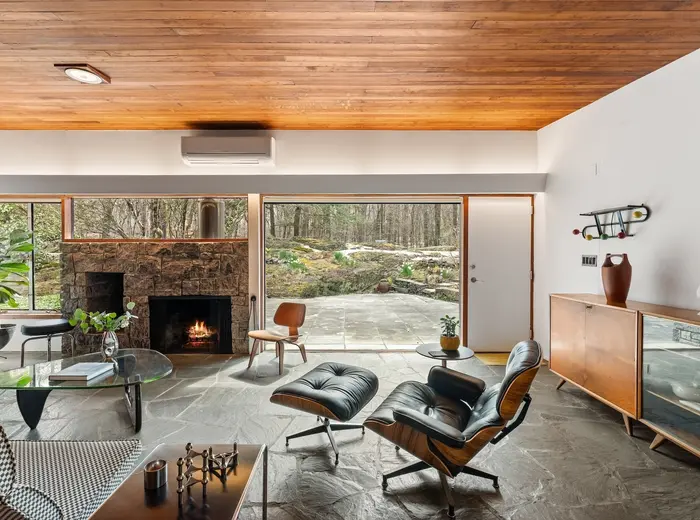
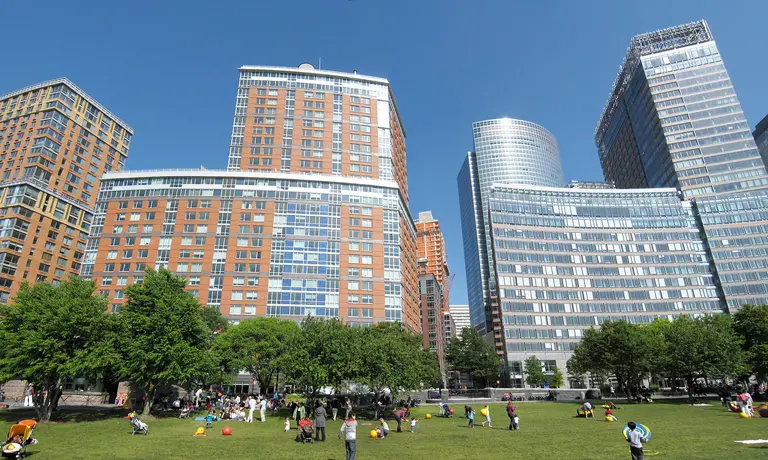
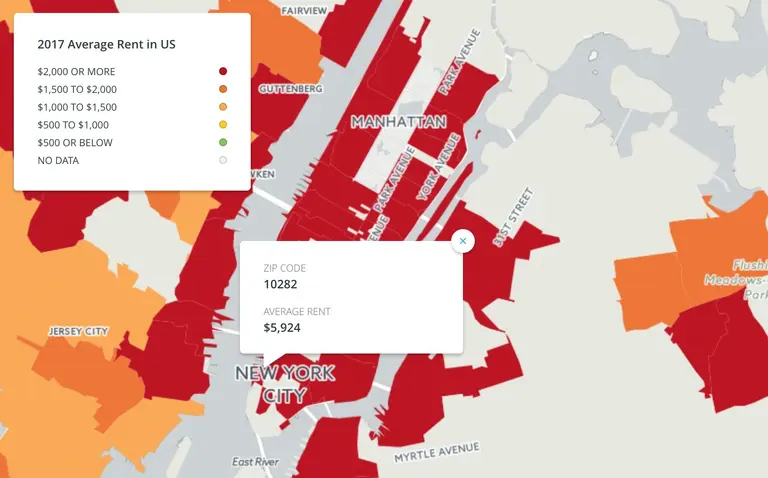
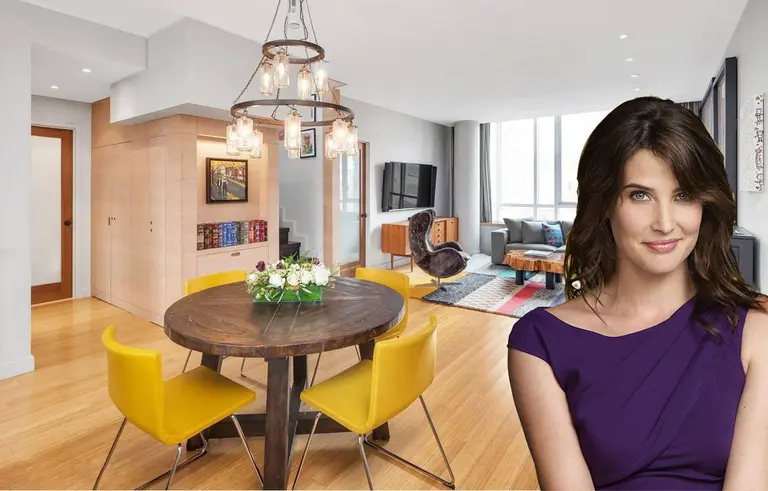
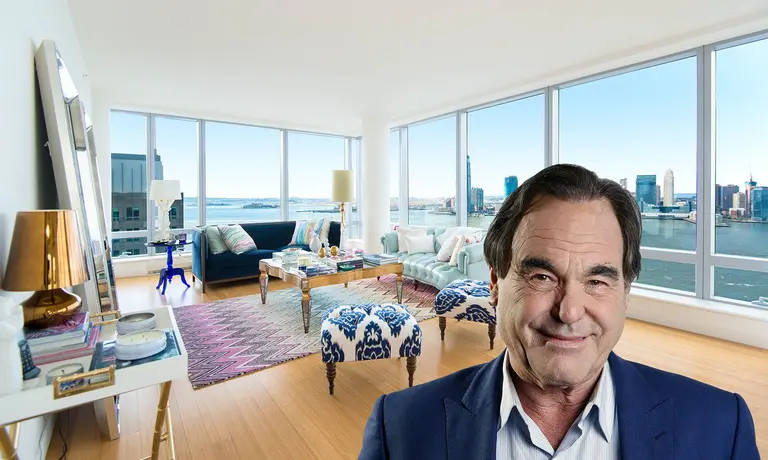
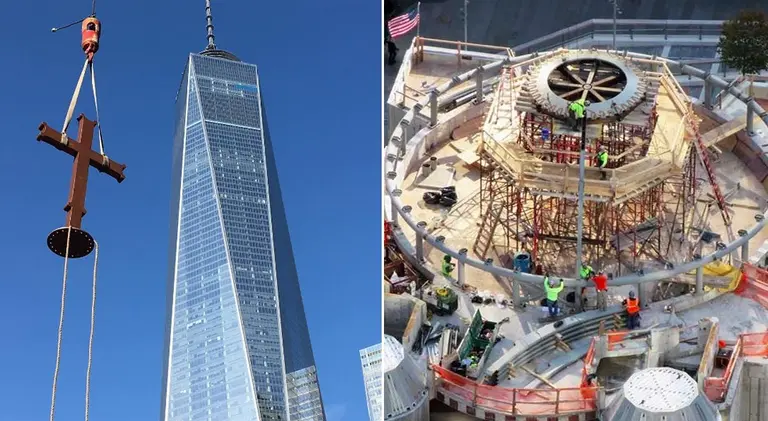











Pelli should have a Pritzker. Not sure why he doesn’t. To me, the omission diminishes that award, not the other way around.